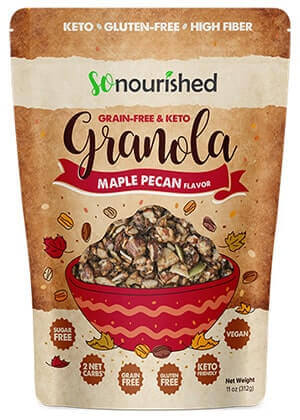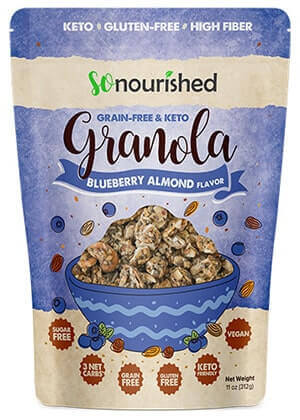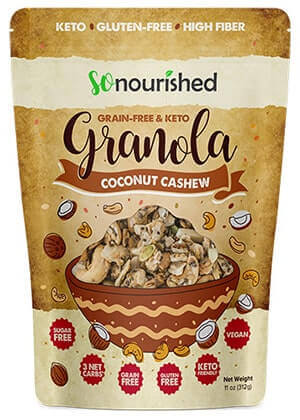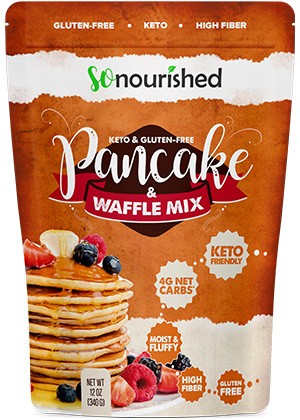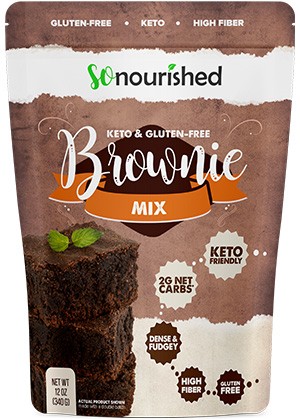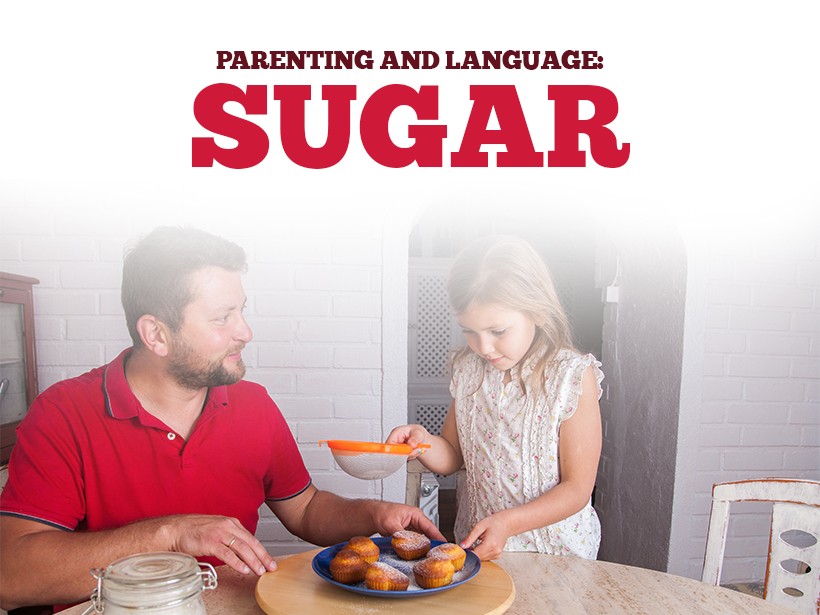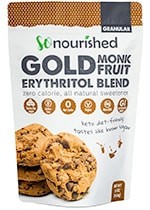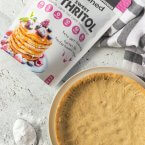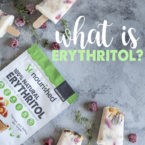While training at the Olympic Training Center in my teens, I was required to attend a nutrition class. Shortly after the class, my coach confronted me in the cafeteria and gestured to my bowl of Fruit Loops. “They said to eat colorful foods,” I replied with all the logic of a teenage girl. It turns out, Fruit Loops are pretty dang high on the glycemic index.
Sometimes, the language we use with children isn't as effective as we would like.
Words We Use
The struggles with my thirty-something waistline might be more manageable if I had not walked away from nutrition class with the impression that eating colorful foods was enough to maintain a healthy diet–an especially unhelpful conclusion if you are colorblind. Maybe there is still time for my kid to learn what I failed to absorb.
Colorful Foods
In general, encouraging kids (and adults) to maintain a colorful palette of food is good advice. Colorful implies fewer grains and carbs–beige food problems–and encourages more vegetables and fruit. But raspberries and blueberries are not equal. Carrots and broccoli are not equal.
Most often, the difference lies in the sugar content–assessed by where they fall on the glycemic index. Sugar is an excellent place to start any discussion of nutrition.
Fruits and Vegetables
Guiding kids through the maze of fruits and vegetables for low-carb and keto diets can take the form of math problems (if you're ambitious) or storytelling analogies (if you really want to break a meal into a three-act structure). However you choose to break apart information, the important part about talking to kids about nutrition is that the information is there.
Starting with the basics can help: fruit is the dessert of the natural world. The sugar content of many fruits is high enough to spike a kid who is sensitive to sugar. Likewise, other fruits can provide balance in sugar and offer additional value. Vegetables are fundamental to overall health, but some are better than others. And sometimes, it is important to use different vegetables depending on what type of diet is being maintained.
Put plainly: eat colorful foods, but eat the right ones.
Nope vs. No, because
From ‘don't put that in your mouth' to ‘please for the love of all things holy, no,' every parent invests words into the mission of meeting nutritional needs. It can be really easy to let most of those words be ‘no.' But ‘no' rarely teaches a child about nutrition. So, I am trying (and often failing) to change how I talk to my kid about food.
Instead of “nope,” I say things like, “Apple juice is incredibly high in sugar. It is unwise to pair it with blueberries or other fruits that are high on the glycemic index.” Admittedly, this takes more time than just saying ‘no' to every item she retrieves from the fridge. But it helps to guide her toward better options and may eventually lead to fewer questions that require ‘no' (fingers crossed).
NUTRITIONAL DISCLAIMER
The content on this website should not be taken as medical advice and you should ALWAYS consult with your doctor before starting any diet or exercise program. We provide nutritional data for our recipes as a courtesy to our readers. We use Total Keto Diet app software to calculate the nutrition and we remove fiber and sugar alcohols, like erythritol, from the total carbohydrate count to get to the net carb count, as they do not affect your blood glucose levels. You should independently calculate nutritional information on your own and not rely on our data. The website or content herein is not intended to cure, prevent, diagnose or treat any disease. This website shall not be liable for adverse reactions or any other outcome resulting from the use of recipes or recommendations on the Website or actions you take as a result. Any action you take is strictly at your own risk.
- Parenting and Language: Sugar - January 29, 2019
- Beyond Diet: Reasons For Weight Gain - January 24, 2019
- Where Every Diet Should Begin: At Home - January 15, 2019


